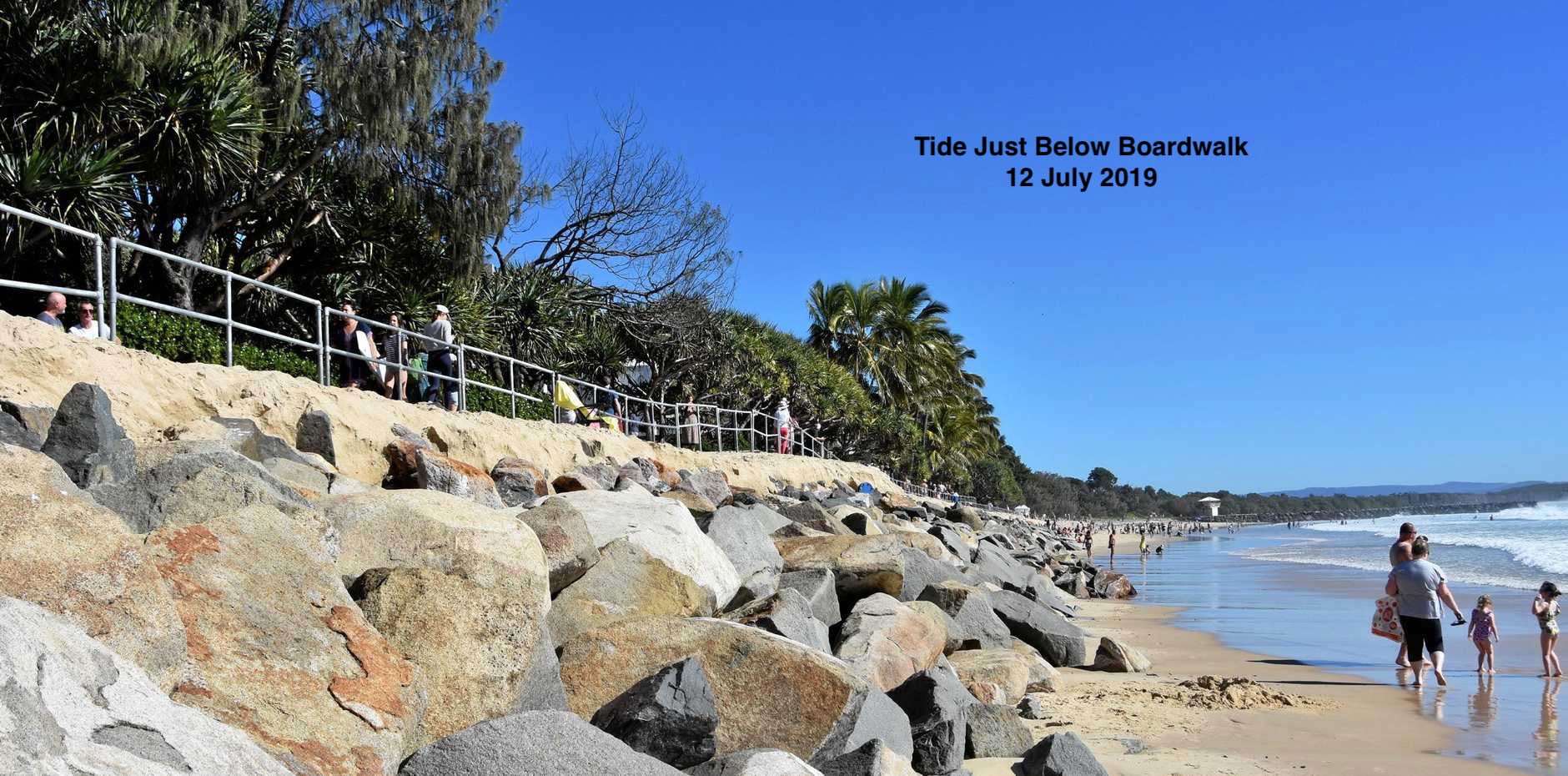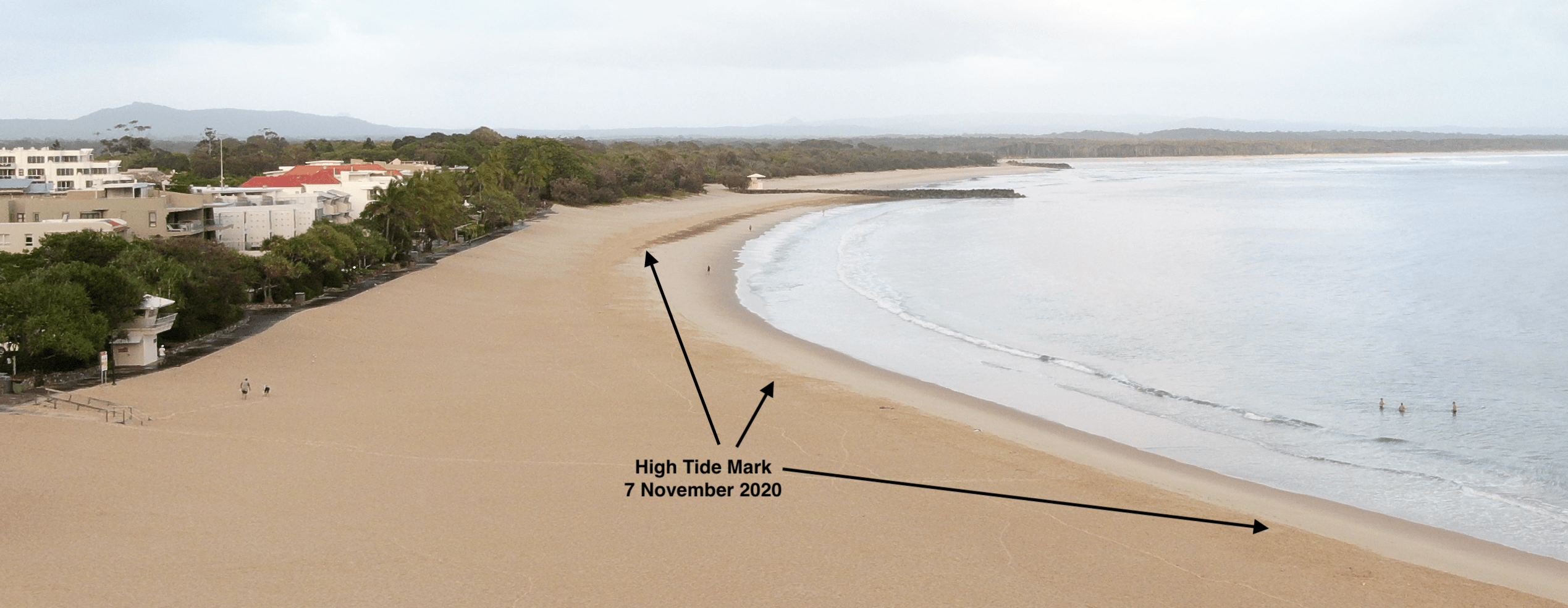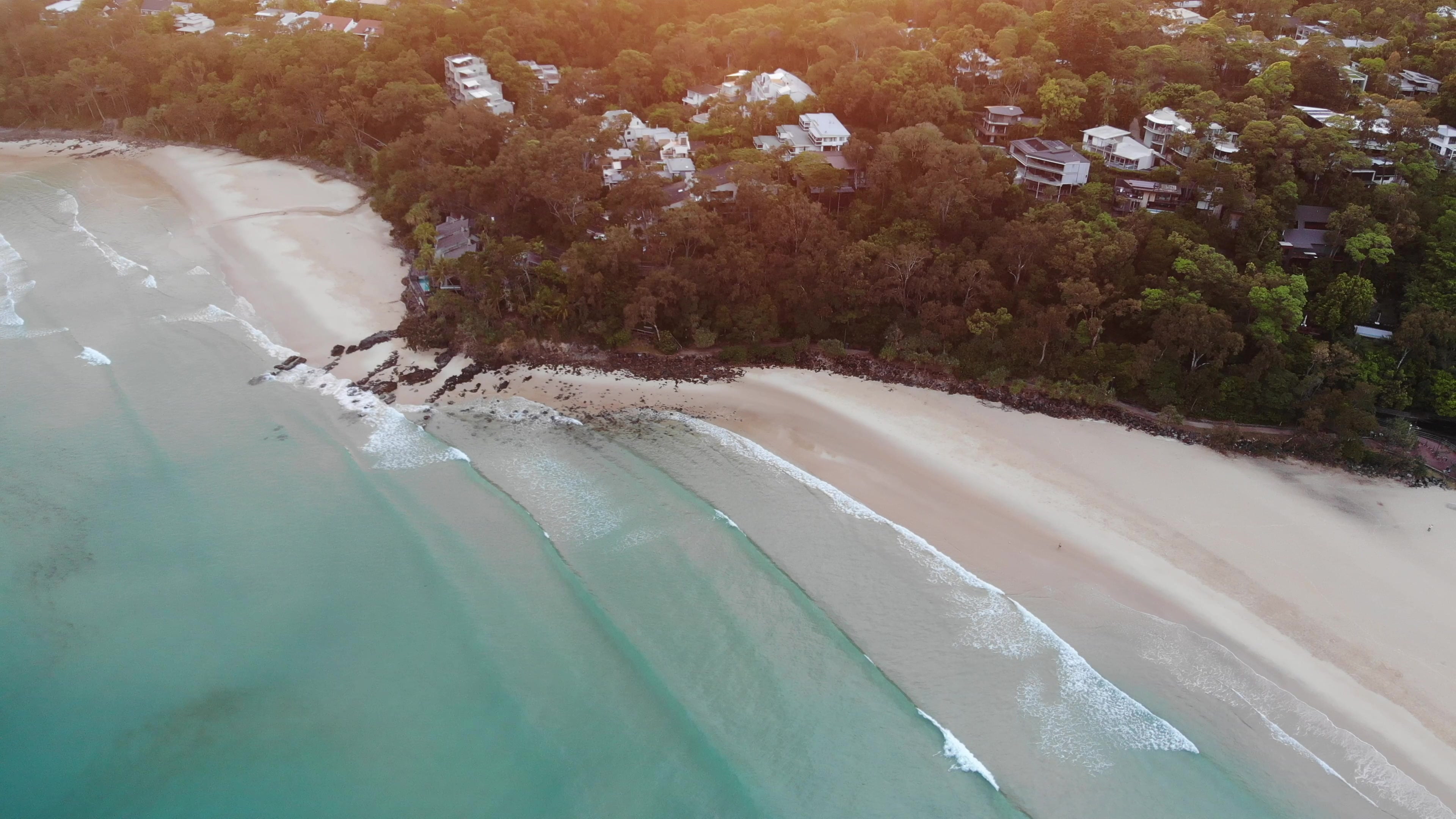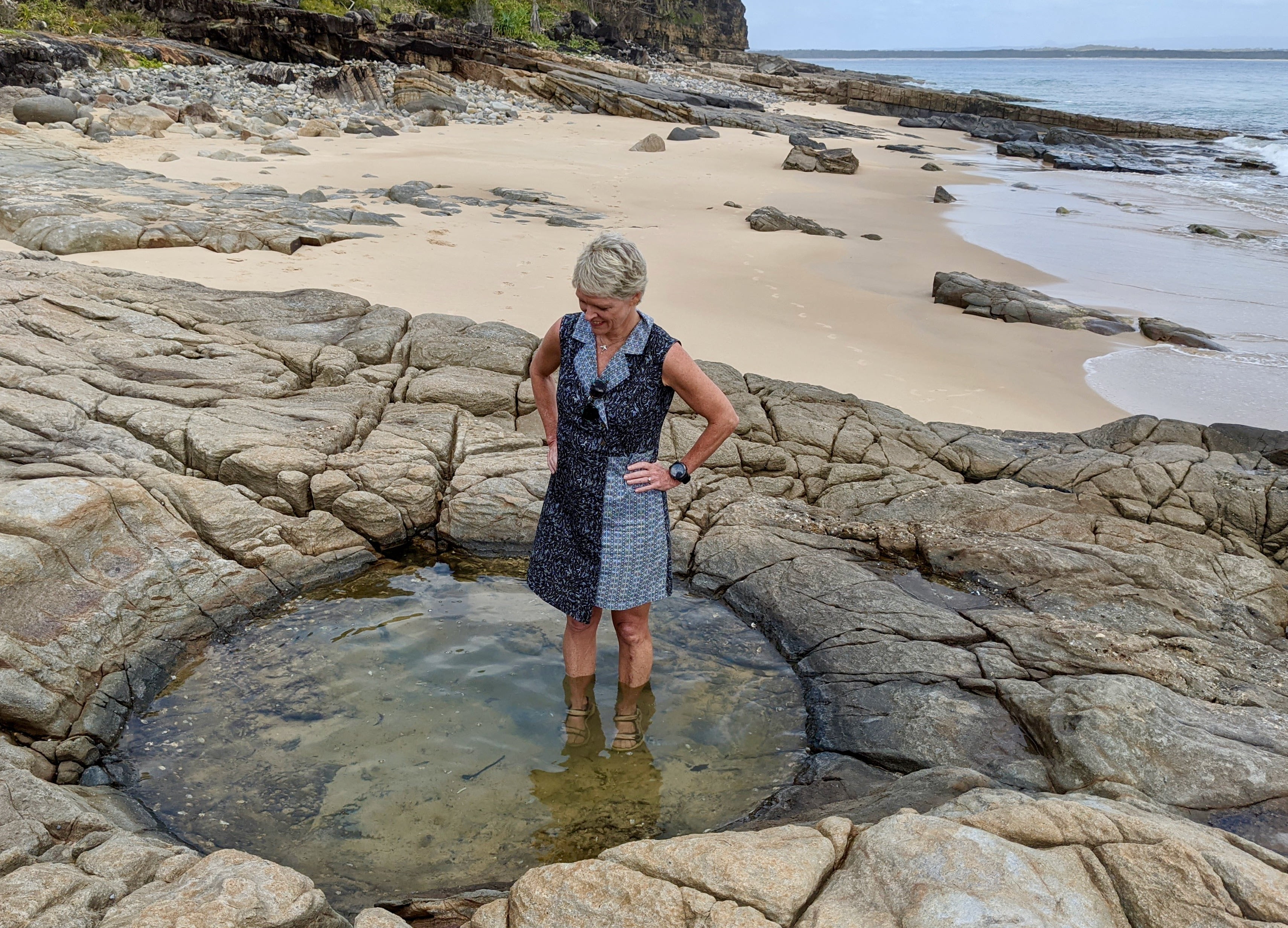We live at a time when it is fashionable to lament how nature has become overwhelmingly depleted. So when sand is stripped from the local beach there is much public gnashing of teeth and a newspaper headline.

But when the same beach is replete with sand, the tendency is to ignore this good news, as though it is but a temporary aberration.

In reality it is perhaps a case of cycles within cycles.
My friends Bruce, Nicole and Patrick were at Main Beach, Noosa Heads, with me just on dawn and at low tide this morning to admire all the sand.
With the tide out it was possible to see the high tide mark, which as Bruce points out in the video is usually much higher up the beach. With the beach replete with sand it is as though sea levels have fallen, at least high tide is that much further from the board walk.
Postscript



 Jennifer Marohasy BSc PhD is a critical thinker with expertise in the scientific method.
Jennifer Marohasy BSc PhD is a critical thinker with expertise in the scientific method.

Thank you for such a lovely review of a beautiful beach. The beach erosion/replenishment cycle is amazing to observe.
The US gulf coast has many examples of this. South Texas has ephemeral barrier islands of sand that widen and narrow based on seasonal and weather events, not to mention land use. Mustang Island. I have seen the beach in front of the dunes grow to easily 50 meters wide and shrink down to barely a car lane wide. And back again.
My parents told tales of their honeymoon in a caravan on the Gold Coast in the late 1940’s. I think my sister has the photos taken on the family “Box Brownie”.
The weather had been a bit wild, but one night they were woken to be told to move their car and van before the ocean got it.
Kirra and similar places copped one of the regular floggings that night.
Now, the point all the hand-wringers deliberately miss is that the ENTIRE REGION, apart from a few rocky outcrops, is SAND. The entire Brass Coast is literally built on the “Biblical’ sand.
Sand that had its origins somewhere inland in southern NSW.
The “beach” could have been anywhere from Nerang eastwards (and back and forth many times). During the Ice ages, BOTH Stradbroke Islands (also made of SAND), would have been the “Stradbroke Peninsula” and high dunes.
Note that there are also large chunks of the US east coast with very similar “issues”.
Collaroy beach, on the northern Sydney strip Manly-Palm Beach, irregularly shows this cycle. The underlying stratum is a brownish claystone, with patches visible often enough in the sand-loss segment of the cycle.
I’ve actually seen this small cycle in action, where the claystone was exposed after a heavy storm but by week’s end a thin layer of sand had reappeared.
And yes, the MSM shriek to high heaven during the sand-loss segment (AGW, we’re all doomed unless we stop doing whatever …) but lose interest in the accumulation segment. And this in full public view in a busy beach suburb about 20km or so from the CBD.
No doubt a particularly heavy storm during a king tide may see encroachment towards Pittwater Road and the Collaroy shopping strip. This is not “sea level rise” – simply storm cycling.
Well, we all still fitted onto the (narrower strip of) beach at Woorim, Bribie last weekend (all just spread out). Nice little board wave at high tide. Lovely to experience this perfect weather conditions. I like how the sand comes and goes to change the wave patterns everywhere. Never boring or predictable.
IanL, I always remember those unit blocks on Pittwater road losing the sand around the footings during a king tide. The residents seemed to think that their units were built on that sand so would topple during high seas. We’ve had similar voodoo thinking here in Newcastle with residents demanding the council build some sort of sea wall to prevent footings from being eroded. Of course, a couple of old council shacks were found to have been build directly on sand, so did start to tumble into the sea.
Of course, this is all due to sea level rise, global warming, blah, blah!
Here is what I know : Back in late December 1999 huge storm that swept across Bass Strait and took out many of the boast in the Sydney to Hobart yaught race. At Eastern Beach near Lakes Entrance that storm pummuled the beach so hard we had to jump about 6 feet down to the near sea level remnant beach from the concrete pathway.
It looked bloody awful.
But 7 months later the beach was back it’s usual width again.
There is a strong oceanic current that sweep across the Southern coasts of Australia. And it carries along with it a huge amount of sand. That’s why the boat entrance at lakes Entrance in Gippsland has to be dredged to keep it sanding up. Ditto for where the Murray enters the ocean in South Australia.